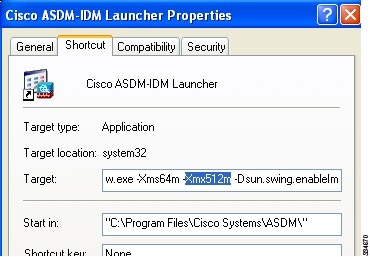Cisco Asdm For Mac Os X Download

KB ID 0001197
Software Download. Login to view your download history. No recent downloads for this product.
Problem
Here we are dealing with the older IPSEC VPN method of remote VPNs, NOT AnyConnect. There is/was a VPN client for Mac OSX which you can still download. But modern versions of OSX have the Cisco IPSec VPN client built into them.
The following file is available for download from the Microsoft Download Center: Download the Microsoft Office 2004 for Mac 11.5.3 Update package now. Release Date: December 9, 2008 For more information about how to download Microsoft support files, click the following article number to view the article in the Microsoft Knowledge Base. Download Now Secure Download. Save 16% off Office 365 with a yearly subscription! Publisher's Description. From Microsoft: Microsoft Office 2004 for Mac provides the intuitive, intelligent tools. Download Microsoft Office 2004 Update for Mac. Innovators cross-pollinate ideas and information, and so should their tools. Microsoft Office 2004 for Mac allows projects to operate more efficiently by offering access to all your projects, email messages, contacts, files, notes, schedules all at once. Also Read:-Download Microsoft office 2008 for Mac full version. Balanced Reports. Microsoft Office 2004 for Mac operates seamlessly in sharing files, project information. Download microsoft 2004 for mac. Microsoft office 2004 free download - Microsoft Office 2004, Microsoft Office 2011, Microsoft Office 2008 update, and many more programs. Provide an update to Microsoft AutoUpdate for Mac.
I’m assuming you have already configured the firewall, if not see the article below;
Solution
Open your network preferences and add in a new connection > Interface = VPN > VPN Type = Cisco IPSec > Service Name = A sensible name you will recognise, (like connection to work, or home etc.)
Server address is the public IP, (or name if you have DNS setup*) of your Cisco Firewall > Enter your VPN username > I don’t put in the password, so I will have to type in in manually > Click Authentication Settings.
*For DNS you will need a static public IP, and a registered domain name. The ASA DOES NOT support DNS updates to online services like DynDNS or No-IP etc. It does support DDNS but means the server that leases you your public address is supposed to update your DNS for you, and unless you are your own ISP, and you host your own public DNS records, this wont work!
Here you need to supply the ‘shared secret’ for the VPN tunnel, and the Group Name. Your firewall admin should give these to you. If they don’t know, tell them to run ‘more system:running-config’ on the firewall and give you the shared secret and ‘group-policy’/’tunnel-group’ name for this remote VPN > OK.
Nearly every time you use DHCP, the firewall with either lease you an address from a ‘pool’ of VPN addresses, or broker the connection, and use your internal DHCP server.
Now to connect the VPN, select the icon shown, and click your Cisco VPN, (in the picture I have two).
If you didn’t put your password in during setup, you will be prompted to enter it to continue.
It does not work?
With all things Cisco, if there’s a problem your easiest way to a solution, is to run a ‘debug’ on the firewall. Execute the following two commands on the firewall, and attempt to connect again, this should point you in the right direction.